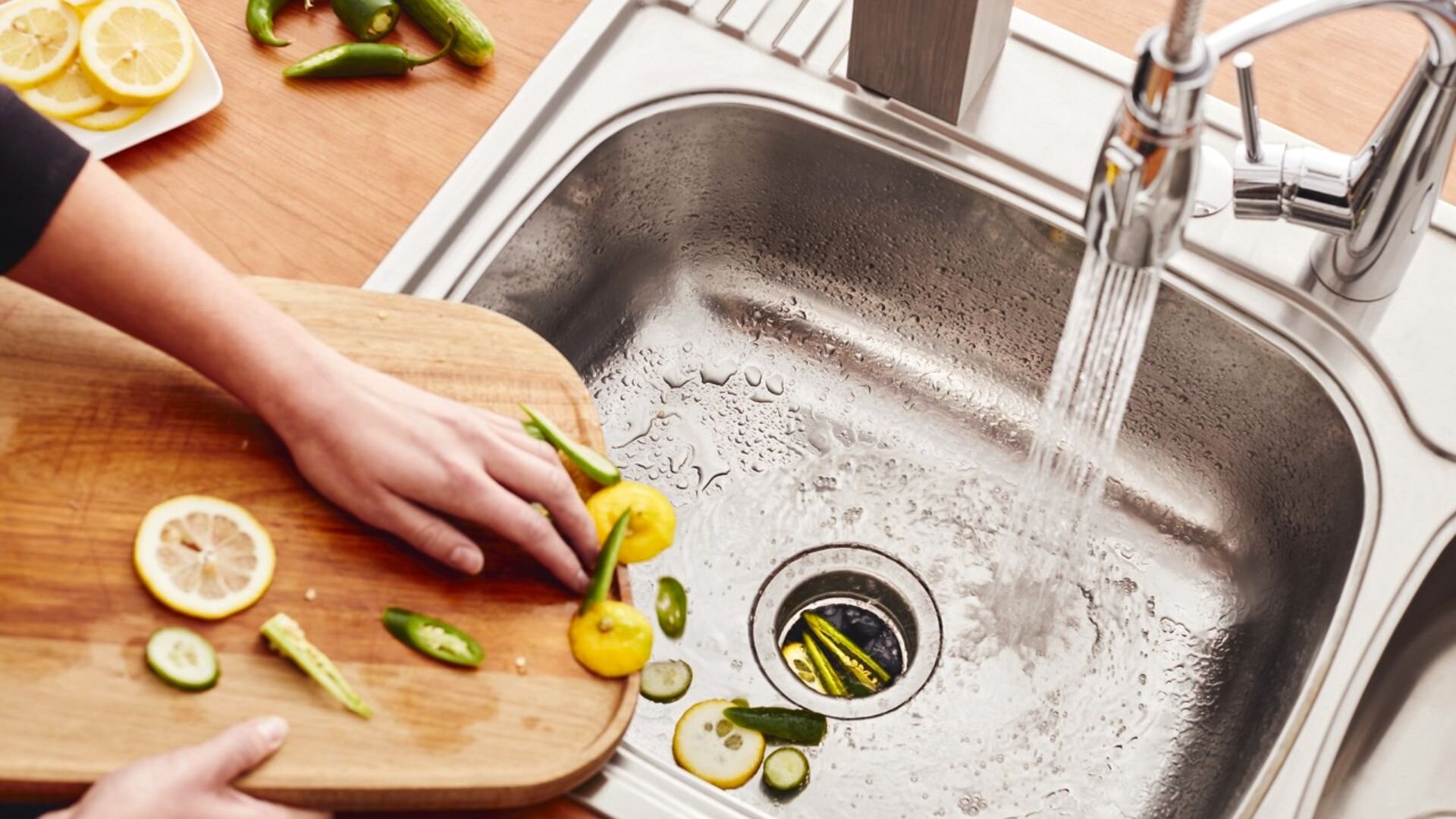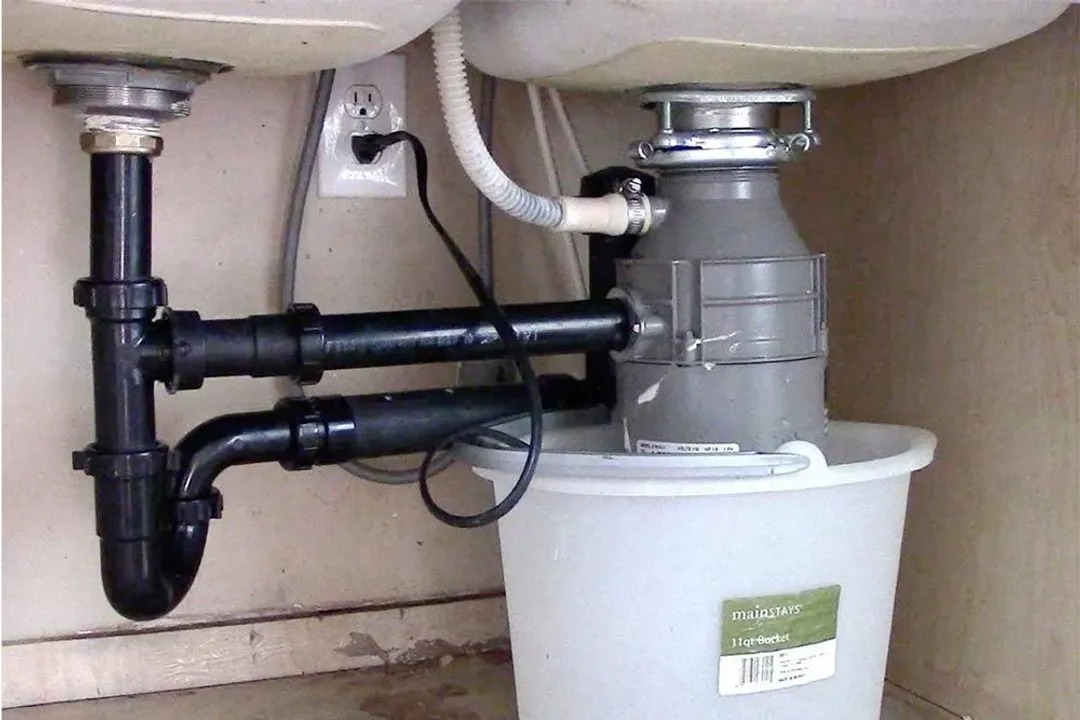Tested Ways to Fix a Leaking Waste Disposal Unit
Tested Ways to Fix a Leaking Waste Disposal Unit
Blog Article
What're your concepts on Why Is ?

Waste disposal unit are essential kitchen home appliances that aid in dealing with food waste effectively. Nevertheless, a dripping waste disposal unit can be an irritating and unpleasant trouble to deal with. Fortunately, many leaks can be fixed easily with a couple of straightforward actions. In this post, we will certainly talk about how to fix a leaking waste disposal unit successfully.
Introduction
Garbage disposals are mounted under cooking area sinks and are developed to shred food waste into smaller sized pieces, allowing it to travel through the plumbing system easily. While these gadgets are typically reliable, leakages can occur with time due to damage, loose connections, or damage to the unit.
Step-by-Step Guide to Taking Care Of a Leaking Garbage Disposal
Turn Off the Power
Before attempting any type of repair services, ensure that the power to the waste disposal unit unit is shut off to prevent the threat of electric shock.
Locate the Leak
Determine the exact place of the leak and figure out the reason
Tighten up Connections
Utilize a wrench to tighten any loose links in between the disposal system and the plumbing system.
Change Seals or Gaskets
If the leakage results from worn seals or gaskets, remove the old parts and change them with new ones.
Patching Cracks or Openings
For fractures or openings in the disposal system, use epoxy or an ideal patching product to seal the broken area.
Recognizing the Source of the Leakage
Before trying to repair a dripping garbage disposal, it is essential to recognize the source of the leak. This can generally be done with visual evaluation or by carrying out easy tests.
Visual Assessment
Inspect the waste disposal unit system carefully for any type of signs of water leakage. Pay close attention to areas around seals, gaskets, and link points.
Checking for Leaks
One method to examine for leaks is by running water with the disposal device and looking for any kind of noticeable indications of leak.
Usual Reasons For Leaks in Rubbish Disposals
Worn Seals and Gaskets
Seals and gaskets play an essential function in stopping water from leaking out of the waste disposal unit. With time, these elements can wear away, leading to leaks around the disposal device.
Loose Connections
The connections in between the waste disposal unit and the plumbing system can become loosened in time, causing water to leakage out during operation.
Splits or Holes in the Disposal Device
Physical damage to the waste disposal unit, such as cracks or holes in the real estate, can also lead to leakages.
Tools and Materials Needed for Dealing With a Leaking Garbage Disposal
Prior to starting the repair work process, collect the essential devices and materials, including a screwdriver, adjustable wrench, plumbing technician's putty, substitute seals or gaskets, and epoxy or patching product for fixing splits or openings.
Examining the Waste Disposal Unit After Fixing
Once the fixing is total, evaluate the waste disposal unit by running water with it to make certain that the leakage has actually been dealt with.
Preventive Upkeep Tips to Avoid Future Leaks
To avoid future leakages, it is essential to carry out routine upkeep on your garbage disposal. This includes keeping it clean, preventing placing non-food things or tough objects down the disposal, and periodically checking for leakages or various other problems.
Conclusion
Finally, repairing a dripping garbage disposal is a fairly straightforward process that can be completed with basic tools and products. By adhering to the steps detailed in this post and practicing preventive upkeep, you can maintain your waste disposal unit in good working condition and avoid pricey fixings in the future.
HERE’S HOW TO FIX YOUR GARBAGE DISPOSAL
WHAT TO DO IF SOMETHING IS STUCK IN YOUR GARBAGE DISPOSAL
If the impeller won’t turn, there’s probably something stuck in the disposal. It could be a steak bone or peach pit, although plumbers report pulling all sorts of inappropriate objects out of disposals, such as bottle caps or aluminum foil. Make sure power to the disposal is off, and look inside to see if you can see the source of the jam.
Never stick your fingers in a disposal. Pull out anything you see with tongs or pliers.
If the disposal still won’t work, it may be time to call a plumber or consider buying a new disposal. GEM Plumbing & Heating is here for all of your garbage disposal needs.
WHAT TO DO IF YOUR GARBAGE DISPOSAL DRAIN IS CLOGGED
Take everything out from underneath your sink and put a bucket or other container under your disposal to catch any water that drains out. Disconnect your disposal from the power supply. If it’s plugged into a wall outlet, unplug it. If it’s hardwired into an electrical box, go to the electrical panel and turn off the breaker for the disposal. Pour ¼ cup of baking soda into the drain, followed by ½ cup of white vinegar. Give the solution a few minutes to fizz and do its work. Look into the disposal with a flashlight to see if you can see an object that might be causing the clog. If you see it, remove it using tongs or pliers. MORE TIPS ON DEALING WITH A CLOGGED GARBAGE DISPOSAL
Never use drain cleaner in a garbage disposal. It can damage the plastic parts inside the disposal. You can also be splashed with the caustic liquid while working to clear the clog. Beware! Never stick your fingers into a garbage disposal. Trust us — not a good idea. In many instances, your dishwasher drains through your garbage disposal. This allows the disposal to grind any large food particles that may be drained out of your dishwasher. There are some jurisdictions, however, where the plumbing code prohibits such a connection. WHAT TO DO WHEN YOUR DISHWASHER DRAINS THROUGH THE DISPOSAL
Run some water in the sink so your plunger has at least a ½-inch of water to create a seal and plunge vigorously up and down several times. You may need to repeat this several times. Run hot water down the drain to clear any residue that remains.

Hopefully you enjoyed reading our post about Why Is . Thanks a ton for taking a few minutes to read our posting. Liked our posting? Please share it. Let another person locate it. Many thanks for your time spent reading it.
Click Here Report this page